Non-Surgical Spa: Revolutionizing Beauty with Relaxation

The spa industry is evolving with a surge in non-surgical spa treatments, offering advanced therapie…….
Welcome to an extensive exploration of the captivating world of cosmetic spas—a sanctuary where beauty meets wellness, offering a transformative experience for individuals seeking self-care and rejuvenation. This article aims to guide readers through the intricate landscape of cosmetic spas, delving into their definition, global impact, economic significance, technological innovations, regulatory framework, challenges, and promising future prospects. By the end of this journey, readers will grasp the multifaceted nature of this industry and its influence on personal well-being and global economies.
Definition:
A cosmetic spa is a specialized facility dedicated to enhancing physical appearance and promoting overall wellness through a range of beauty treatments and services. It combines elements of esthetics, dermatology, and holistic healing practices to cater to diverse customer needs.
Core Components:
Historical Context:
The concept of cosmetic spas has evolved over centuries, dating back to ancient civilizations like Egypt and Greece, where natural ingredients and rituals for beauty and healing were embraced. Modern spas, as we know them today, emerged in the late 20th century, fueled by increasing consumer demand for luxury, self-care, and anti-aging solutions.
International Influence:
Cosmetic spas have left an indelible mark on global beauty and wellness trends, with their popularity spreading across continents. From the luxurious spa retreats in Asia to the trendy urban spas in North America, this industry has adapted to diverse cultural preferences while maintaining its core focus on customer satisfaction and well-being.
Regional Trends:
Market Dynamics:
The global cosmetic spa market was valued at USD 412.7 billion in 2021 and is projected to grow at a CAGR of 6.5% from 2022 to 2030 (Source: Grand View Research). This growth is driven by rising disposable incomes, increasing health consciousness, and a growing emphasis on personal grooming.
Market Size and Growth:
The economic impact of cosmetic spas is significant, contributing to local and national economies. According to the International Spa Association (ISA), there are over 24,000 spa facilities worldwide, generating substantial revenue. The US spa industry alone accounts for approximately 3% of the country’s GDP, employing hundreds of thousands of people.
Investment Patterns:
Cosmetic spas attract substantial investments from entrepreneurs and venture capitalists due to their potential for high returns. High-end spa resorts often become tourist destinations, driving economic growth in local communities.
Employment and Skills:
The industry provides numerous job opportunities, including estheticians, cosmetologists, massage therapists, spa managers, and wellness coaches. These roles require specialized skills and knowledge, contributing to the development of a skilled workforce.
Innovation in Treatments:
Digital Transformation:
Future Potential:
The integration of artificial intelligence (AI) holds immense promise for personalized spa treatments. AI algorithms can analyze vast amounts of data on skin types, conditions, and treatment outcomes to offer tailored recommendations, ensuring optimal results.
Regulatory Framework:
The cosmetic spa industry is heavily regulated to ensure consumer safety and ethical practices. Regulations vary by region but typically cover the following areas:
| Region | Key Regulations |
|---|---|
| North America (US & Canada) | FDA guidelines for product safety, state-specific licensing for cosmetologists, and restrictions on certain procedures like tattooing and permanent makeup. |
| Europe | REACH regulation for chemical safety, general data protection regulation (GDPR) for customer data privacy, and individual country-specific beauty standards. |
| Asia (China) | National Medical Devices Implementation Plan, which includes guidelines for spa equipment and product registration. |
| Australia | Australian Therapeutic Goods Administration (TGA) regulations for product safety and quality. |
Licensing and Certification:
Spa owners and employees must obtain relevant licenses and certifications to operate legally. These ensure that practitioners have the necessary training and knowledge in hygiene, safety protocols, and customer service.
Informed Consent:
Spas must obtain informed consent from customers before performing any treatment, ensuring they understand the procedures, potential risks, and benefits.
Hygiene and Sterilization:
Maintaining strict hygiene standards is crucial to prevent infections and diseases. Spa facilities should employ proper sterilization techniques for equipment and tools between uses.
Ethical Product Sourcing:
Choosing high-quality, ethically sourced products is essential to avoid potential risks associated with contaminated or poorly manufactured goods.
Personalization:
Modern spas prioritize customer satisfaction by offering personalized experiences. This may include customized treatment plans, tailored product recommendations, and exclusive membership benefits.
Ambiance and Design:
The physical space of a spa plays a vital role in creating a relaxing atmosphere. Soft lighting, soothing music, and harmonious design elements contribute to a tranquil environment that promotes mental and physical well-being.
Post-Treatment Care:
Spas often provide post-treatment advice, including skincare routines, nutrition tips, and exercises, ensuring customers maintain the benefits of their spa experience long after they leave.
Competition:
The cosmetic spa industry faces intense competition, with businesses constantly striving to differentiate themselves. Staying ahead of trends, offering unique experiences, and providing exceptional customer service are key to success.
Sustainability:
Increasing environmental awareness has led consumers to demand eco-friendly practices. Spas can embrace sustainability by using biodegradable products, implementing recycling programs, and adopting energy-efficient technologies.
Digital Marketing:
In the digital age, spas must establish a strong online presence through search engine optimization (SEO), social media marketing, and influencer partnerships to attract tech-savvy customers.
The cosmetic spa industry has evolved into a global phenomenon, offering much more than just beauty treatments. Spas have become hubs for relaxation, rejuvenation, and holistic well-being. With technological advancements, shifting consumer preferences, and a focus on sustainability, the future of cosmetic spas looks promising, providing endless opportunities for innovation and growth.

The spa industry is evolving with a surge in non-surgical spa treatments, offering advanced therapie…….

Non-Surgical Spas offer advanced beauty treatments in a relaxing, holistic environment, combining sc…….
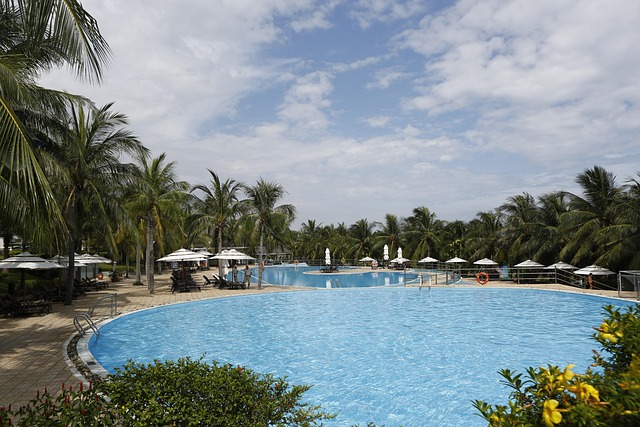
Non-surgical spas are leading the beauty trend with safe, efficient treatments using advanced tech a…….
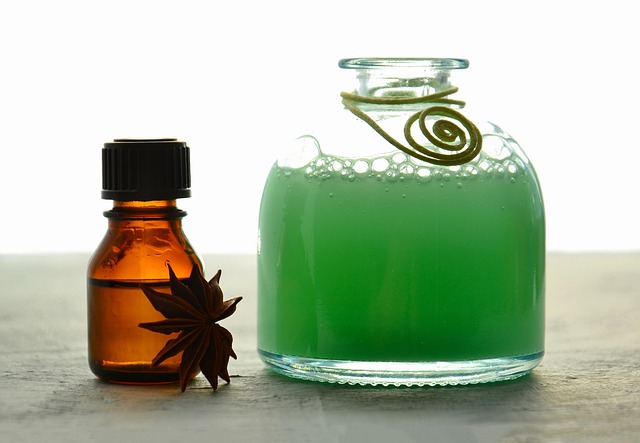
Non-surgical spa treatments featuring advanced laser technologies have emerged as a leading method f…….

Non-Surgical Spas offer luxurious treatments without surgical downtime using advanced natural techni…….

Botox Cosmetic Spa offers non-surgical spa treatments using advanced dermatology and esthetics for s…….
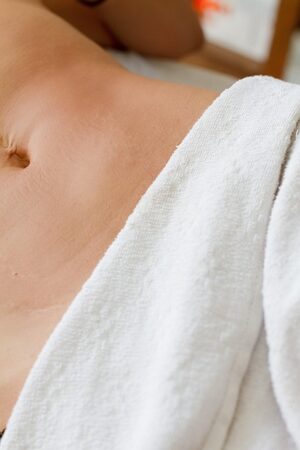
A Non-Surgical Spa offers a range of cosmetic and wellness services that enhance beauty and well-bei…….
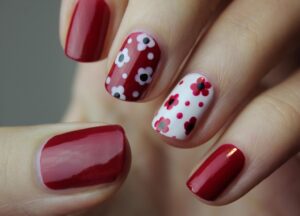
The modern spa industry is focused on non-surgical treatments, emphasizing safety, effectiveness, an…….
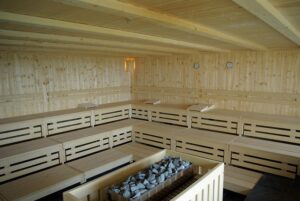
Non-surgical spas have gained popularity as destinations for safe and effective beauty enhancements,…….
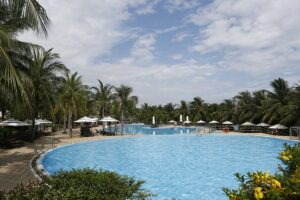
Non-surgical spas are gaining popularity for their safe, effective, and personalized beauty treatmen…….